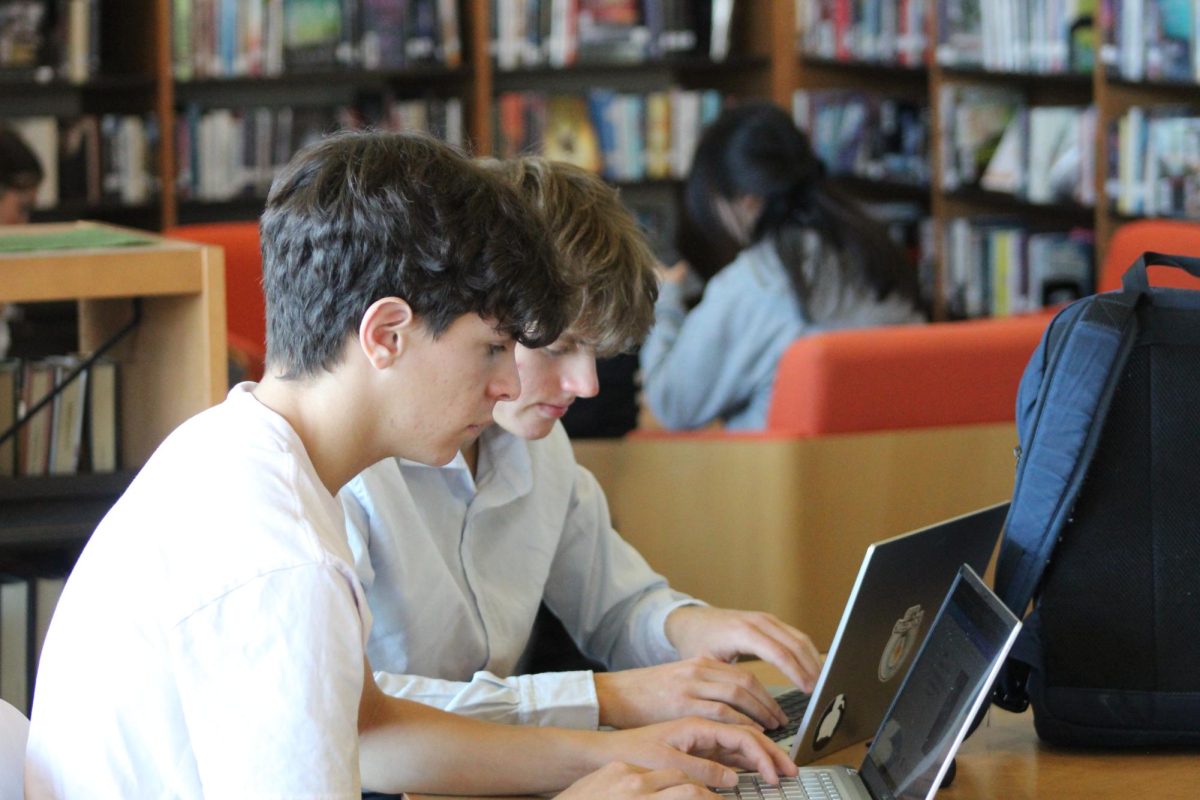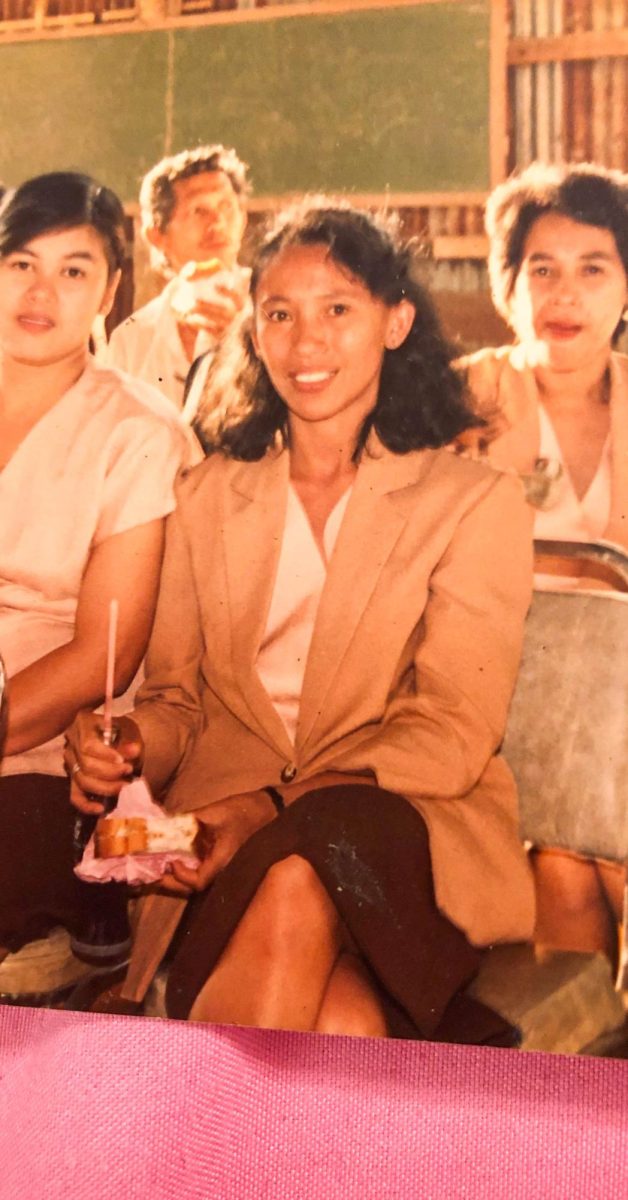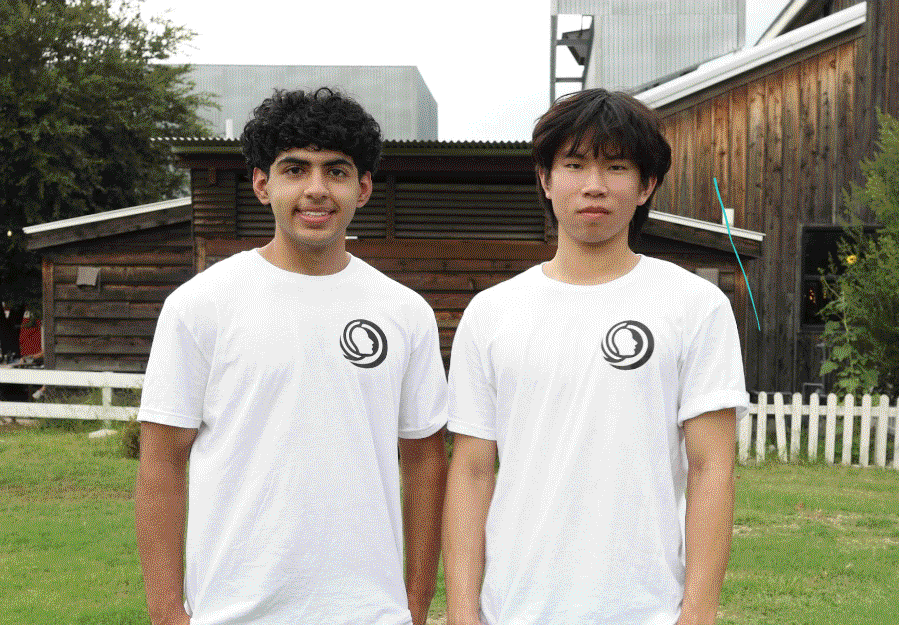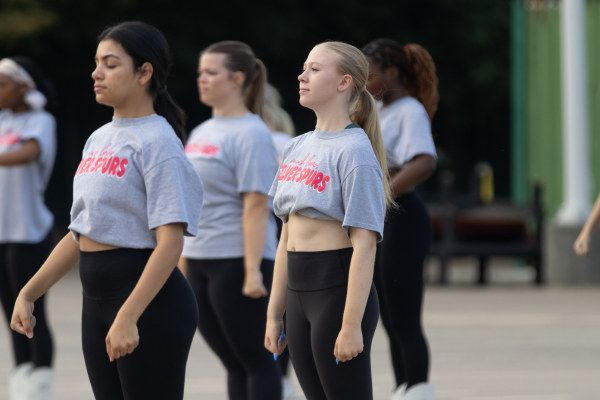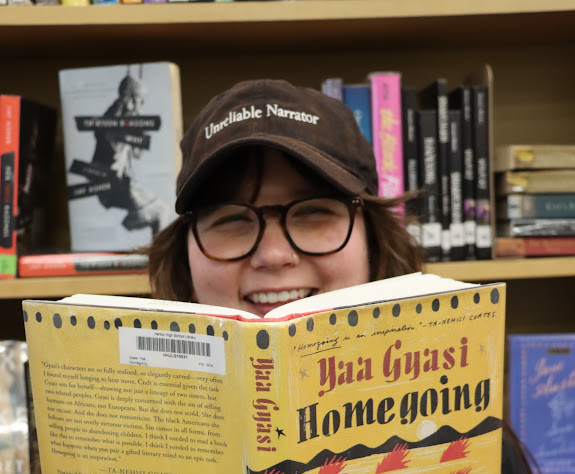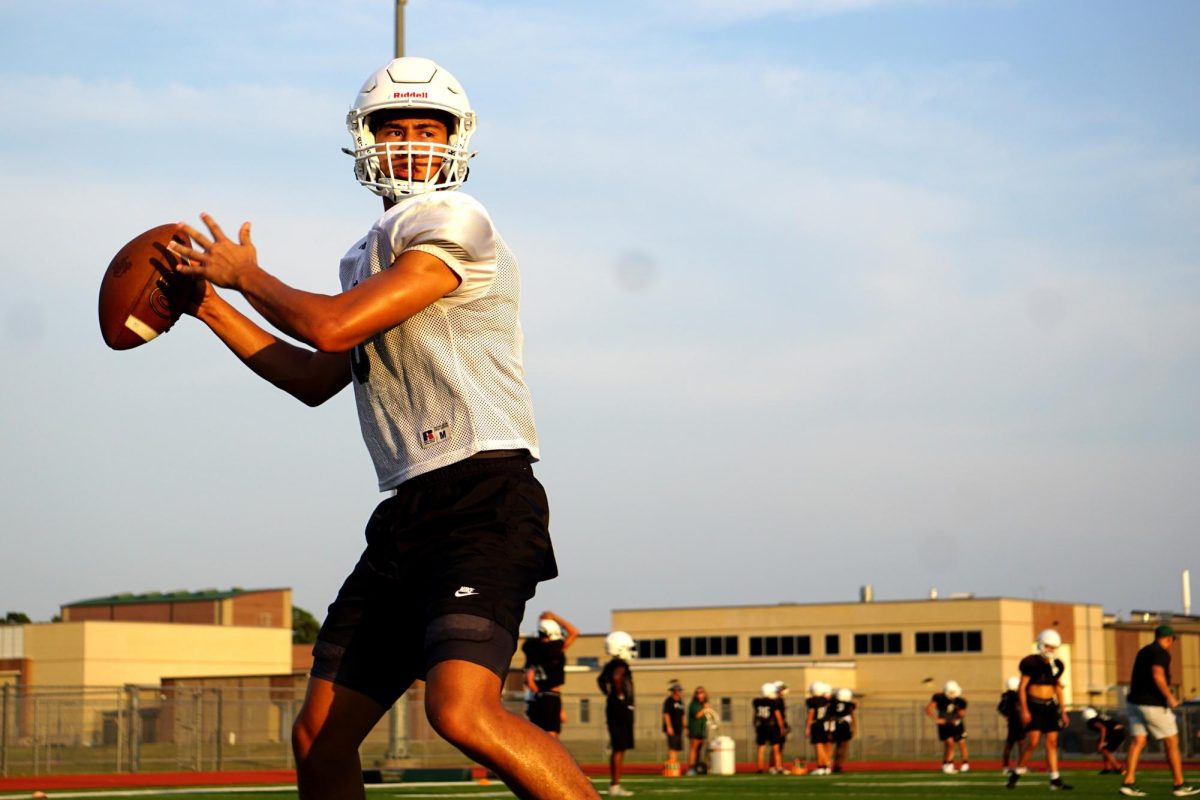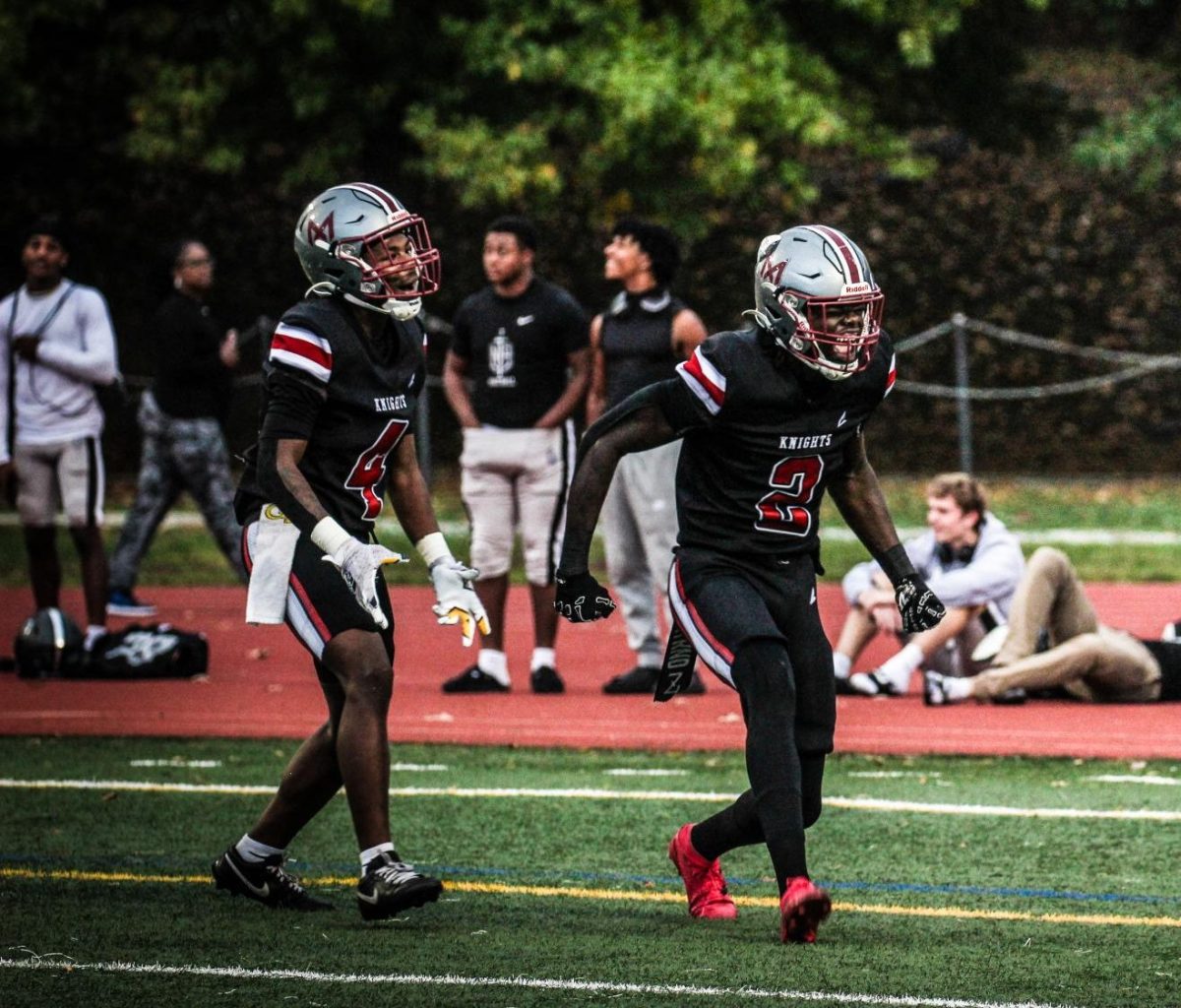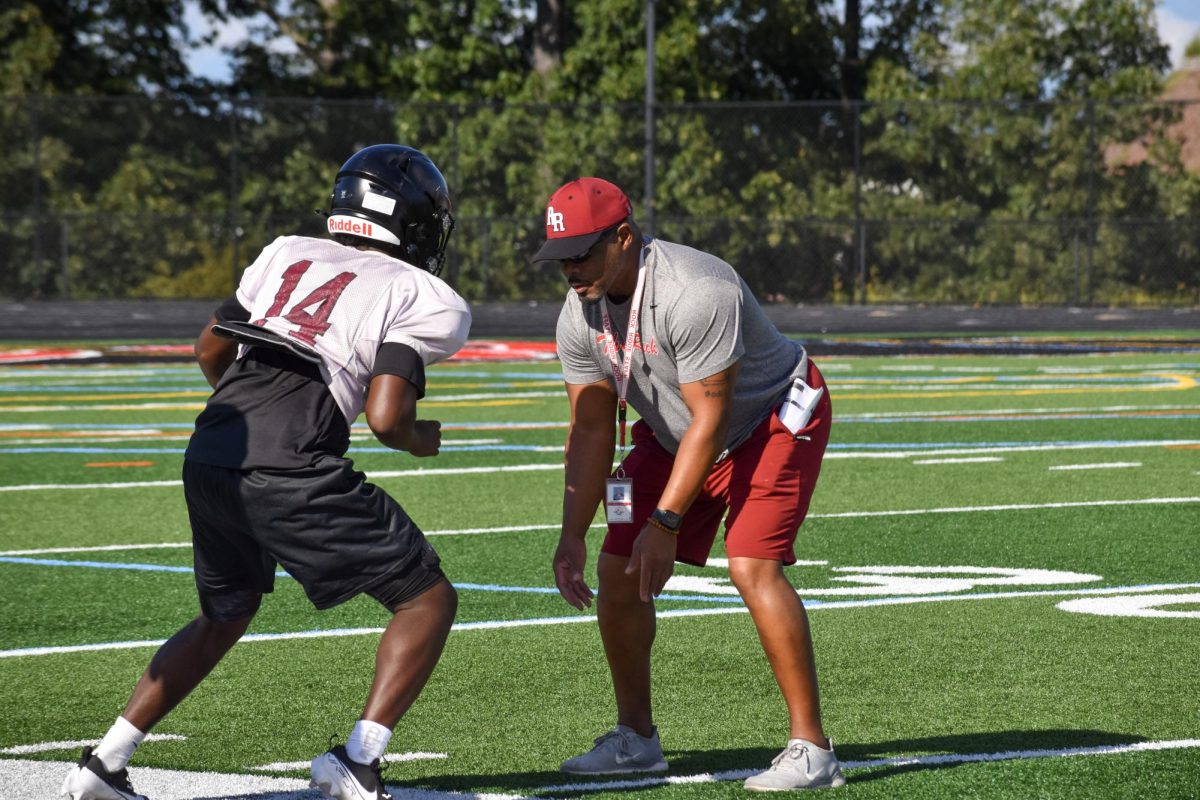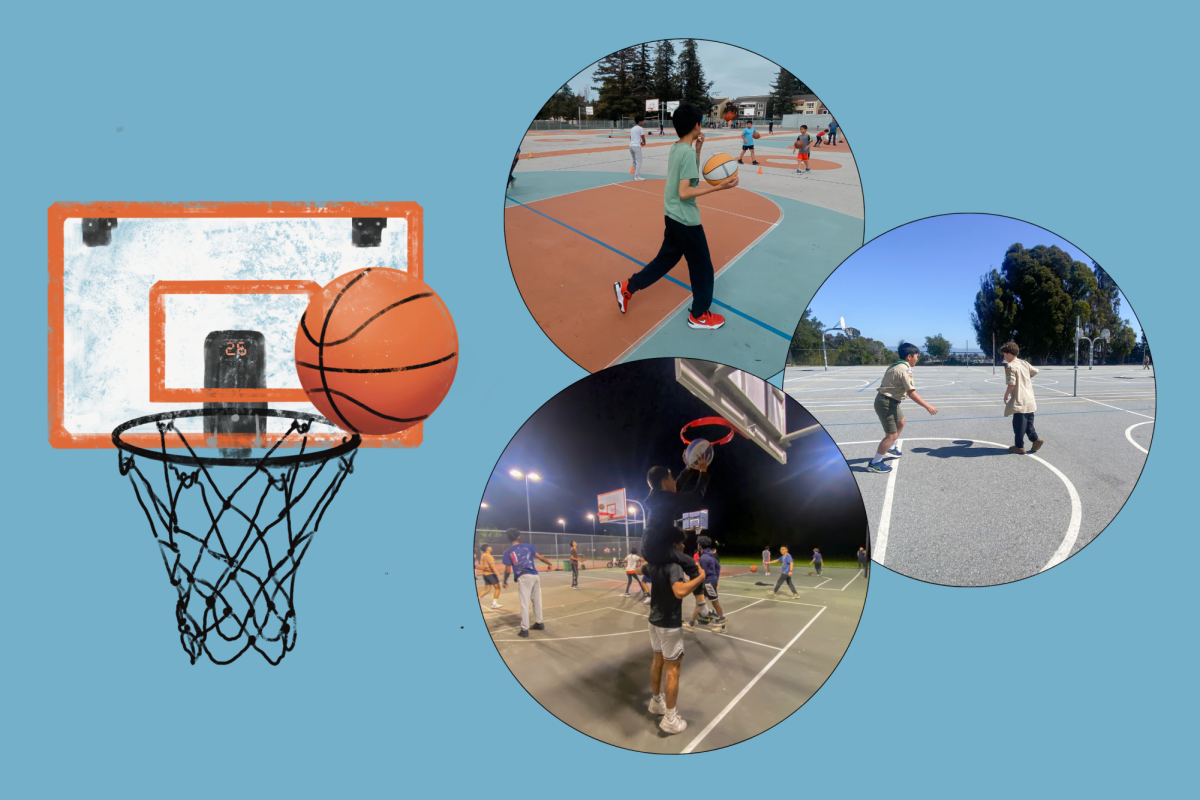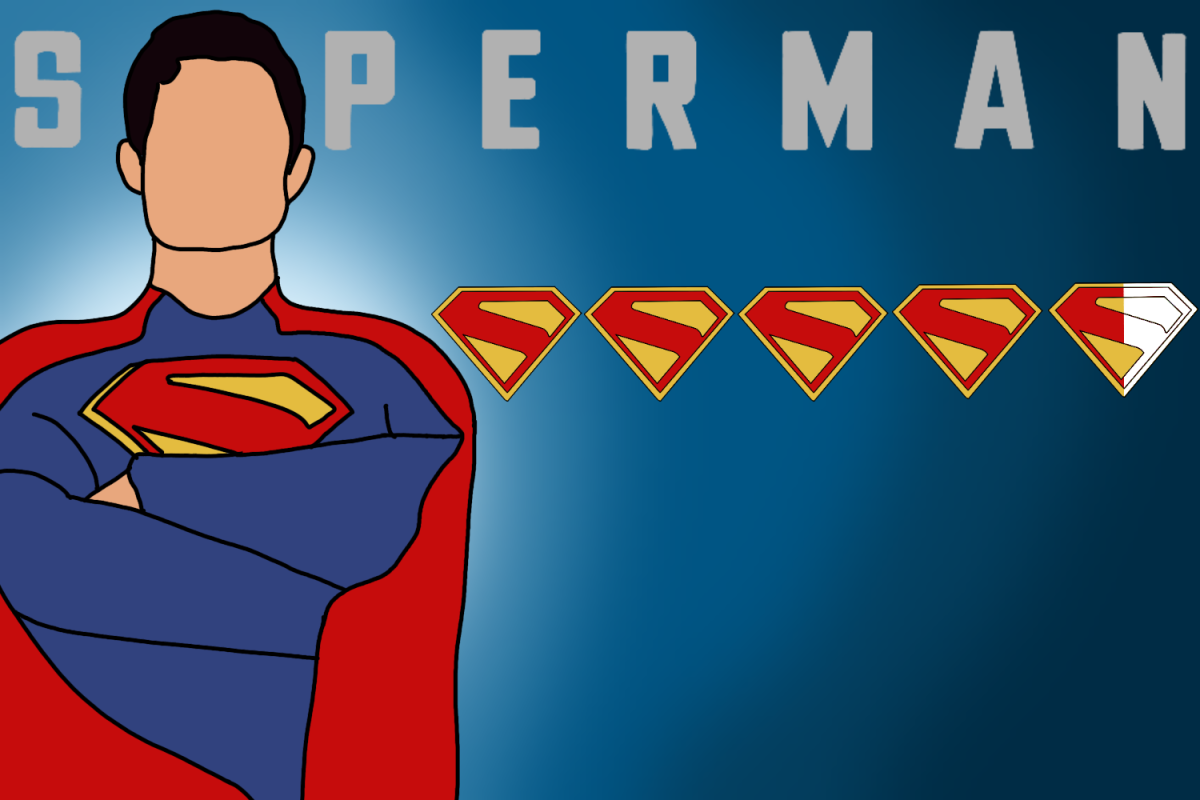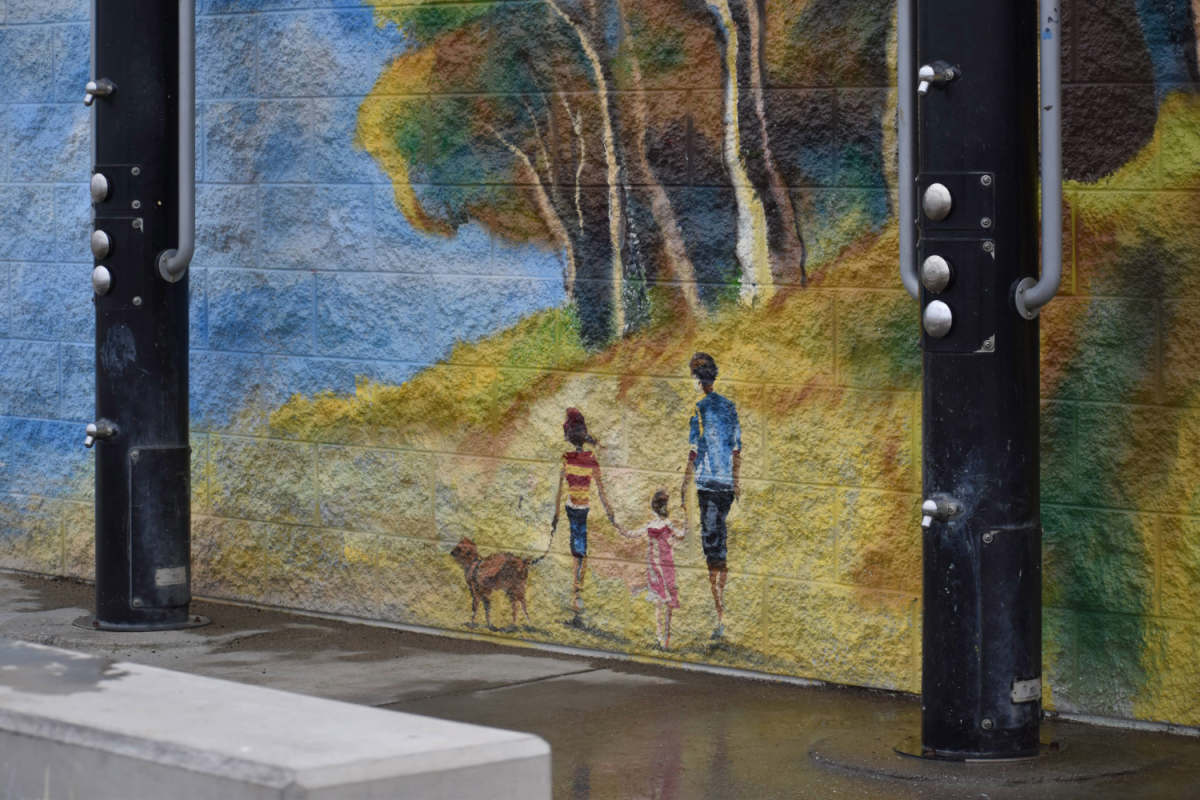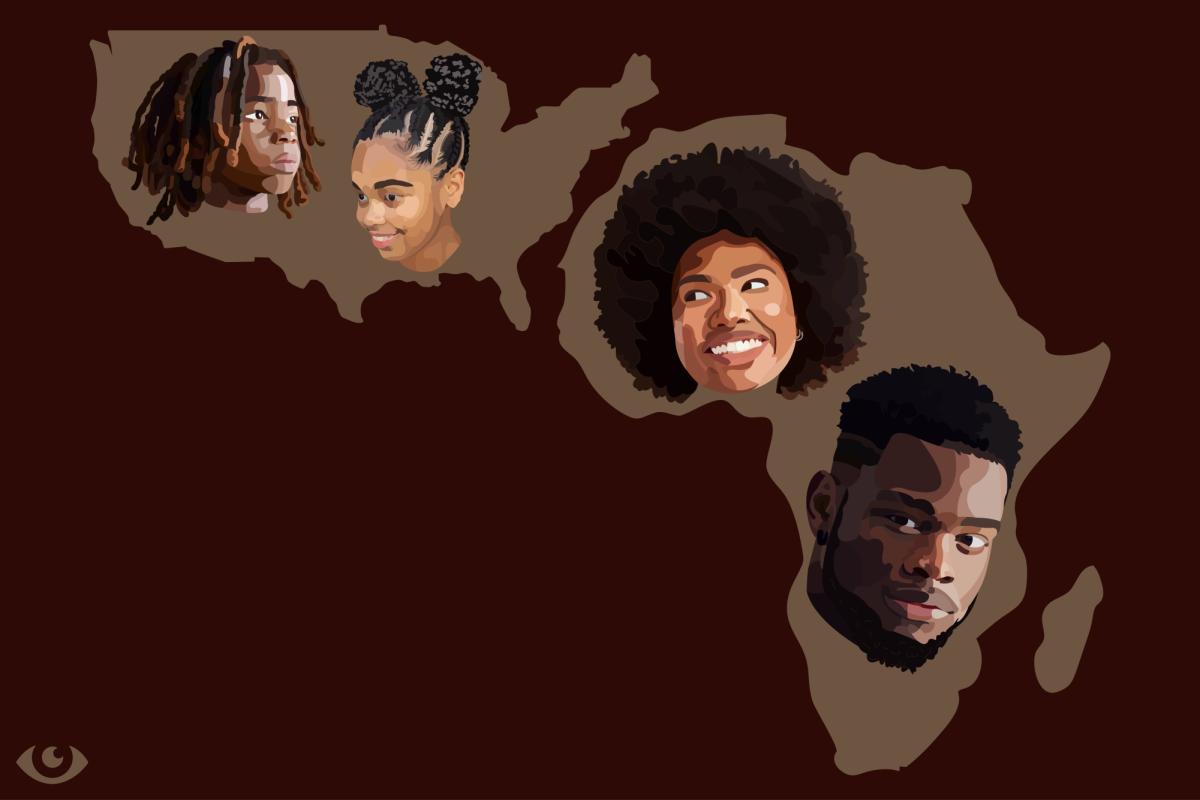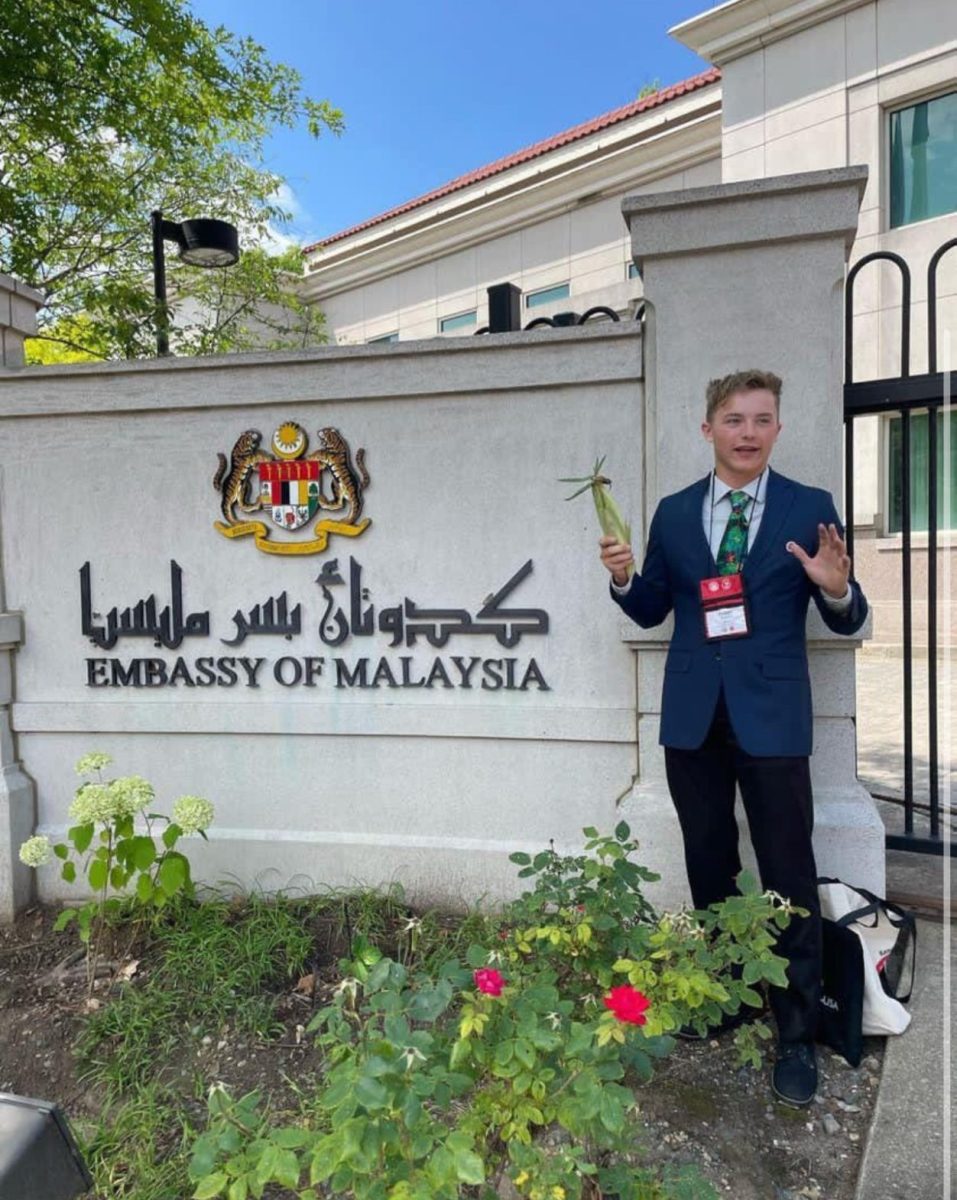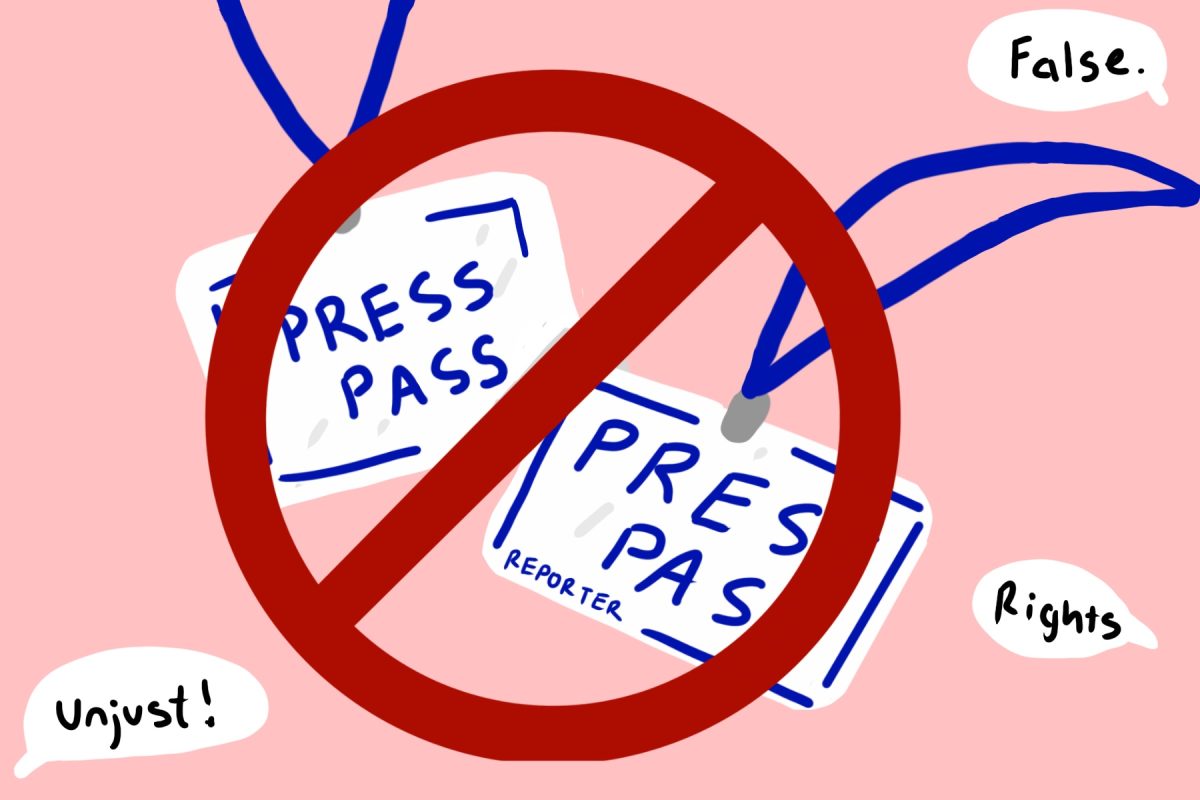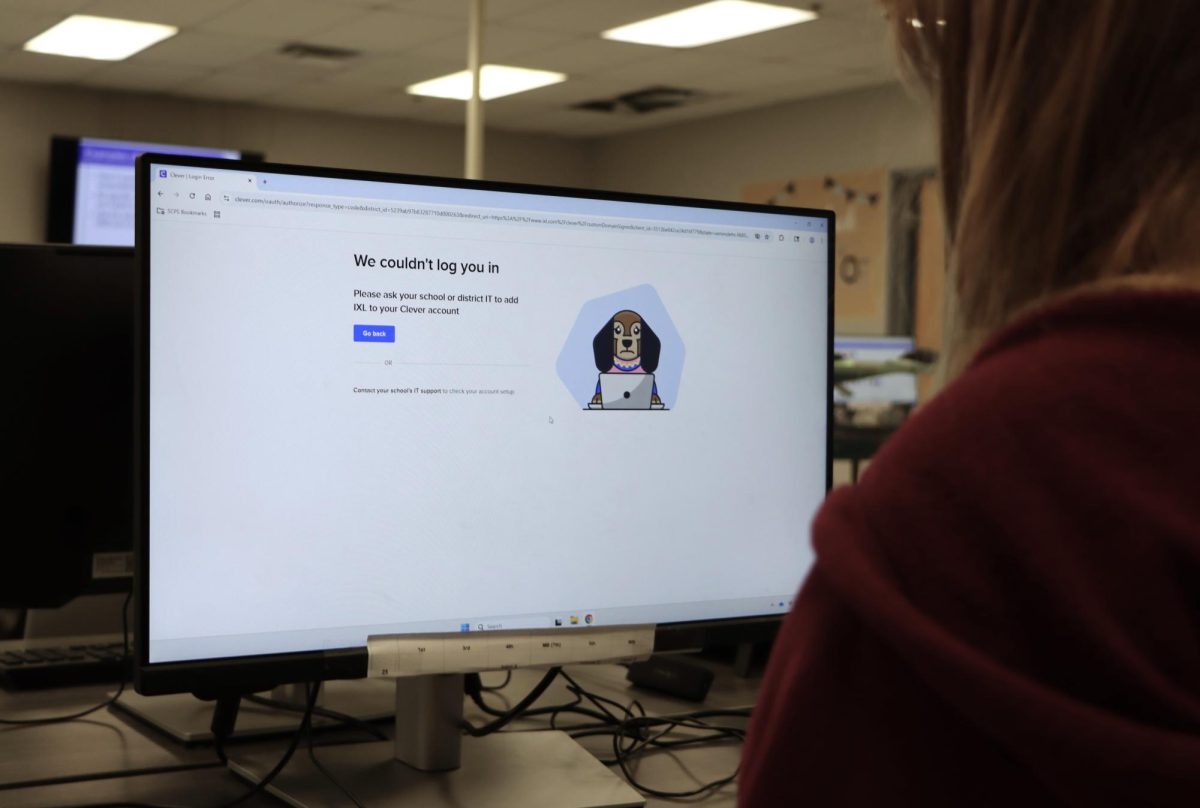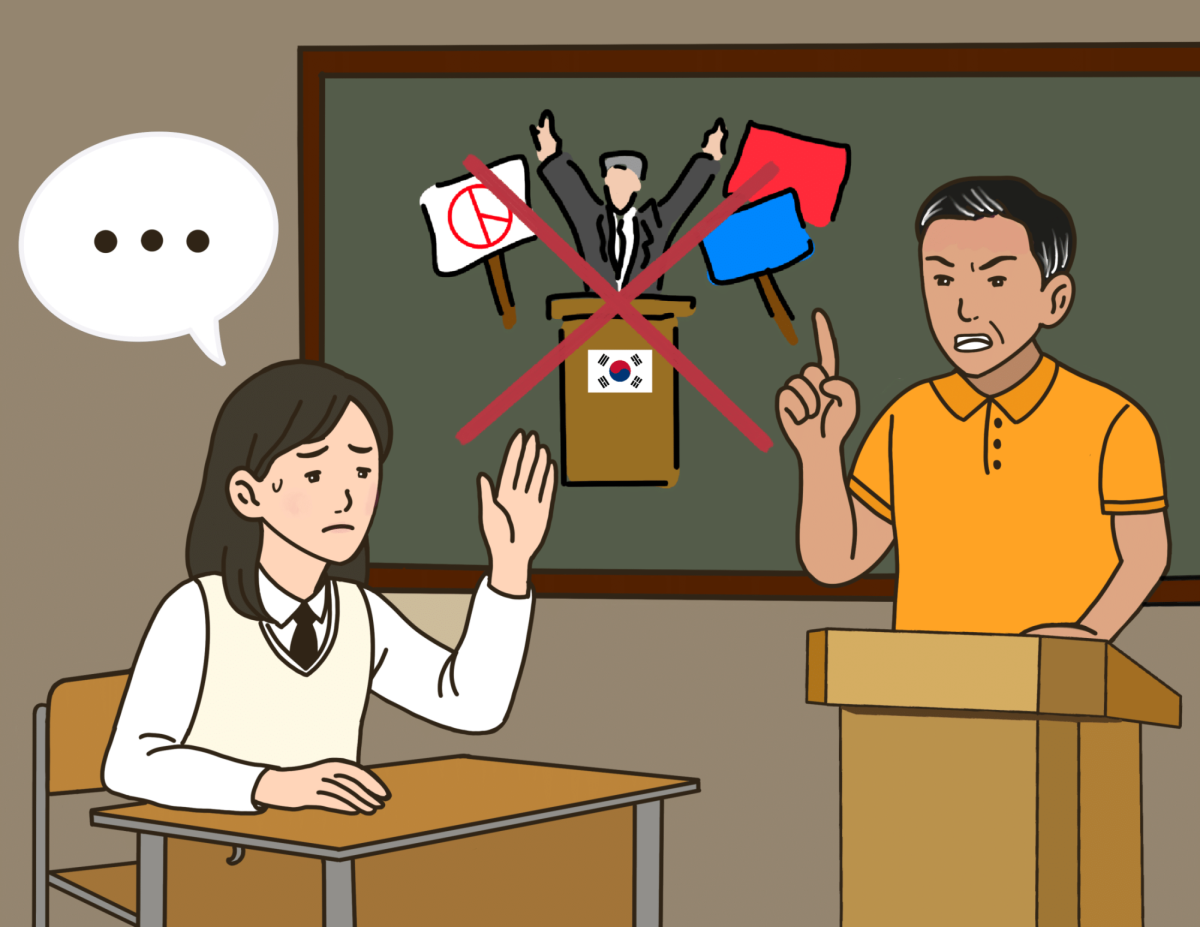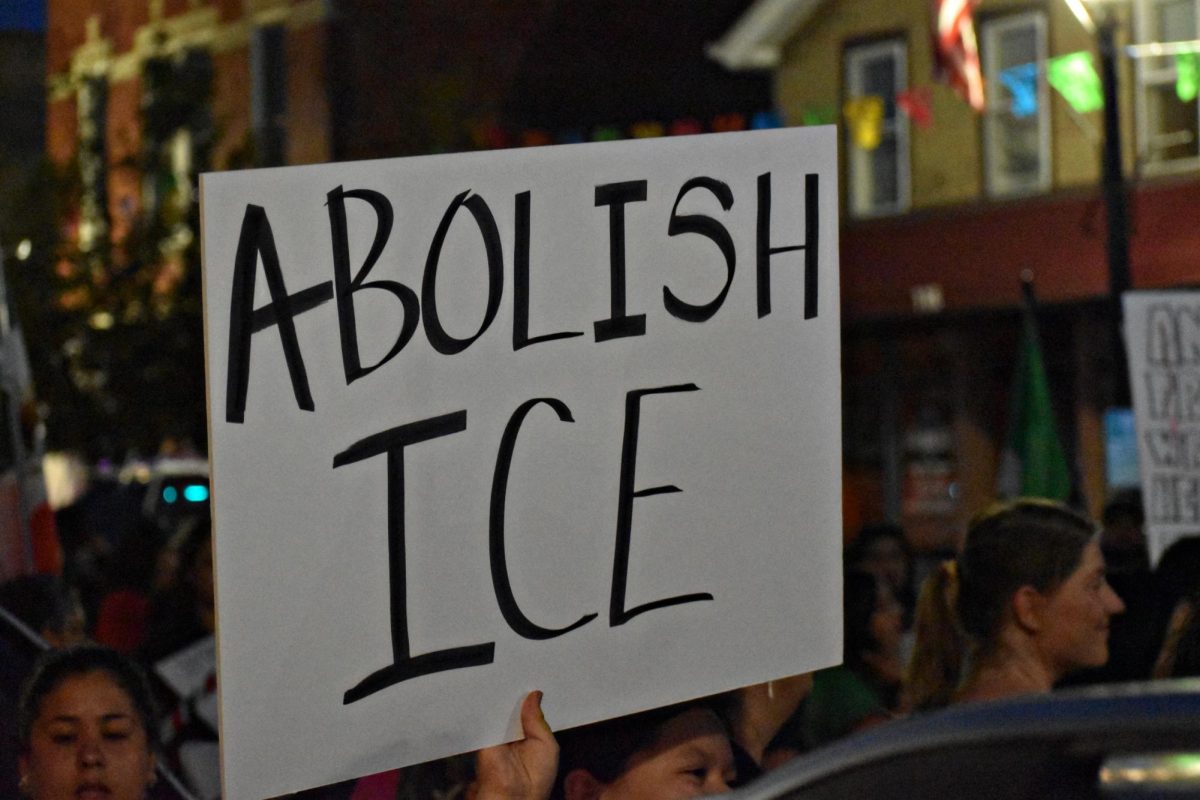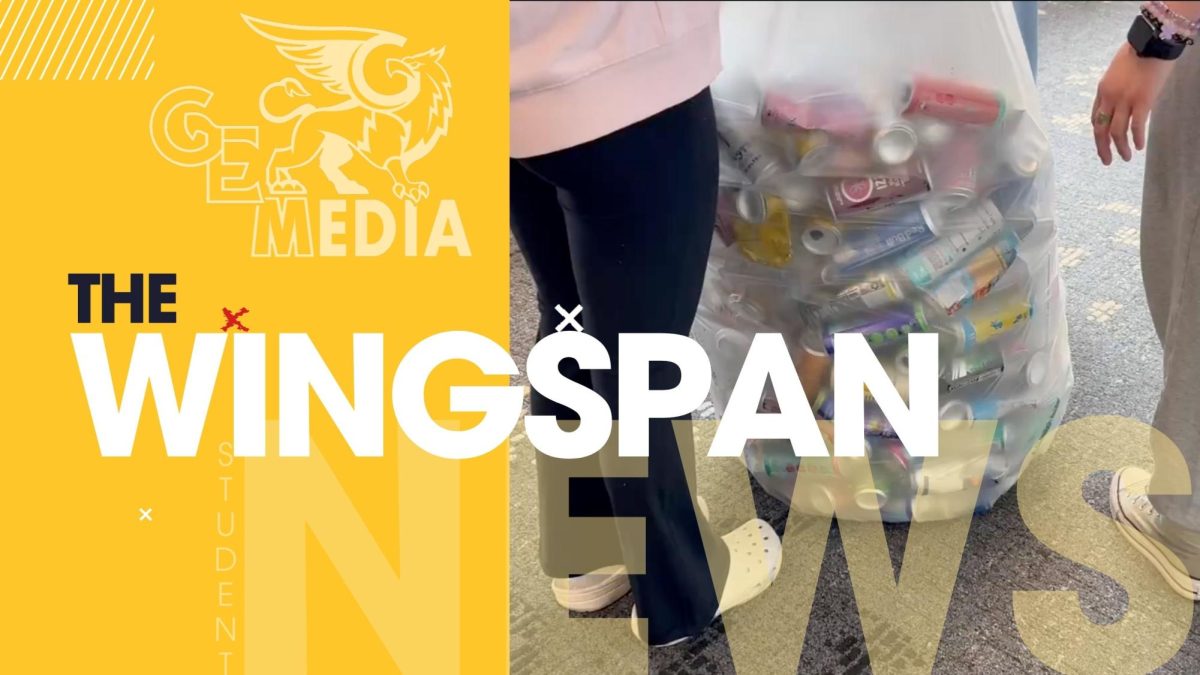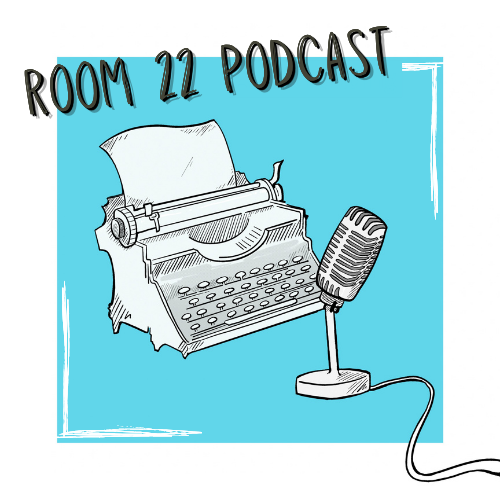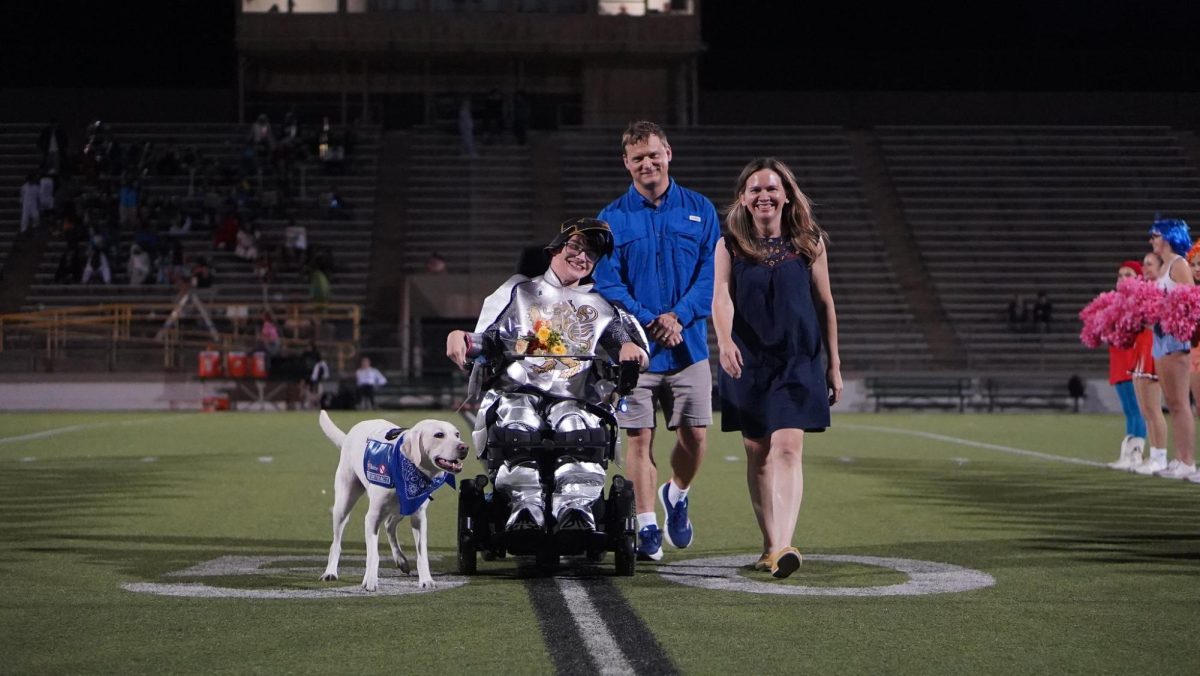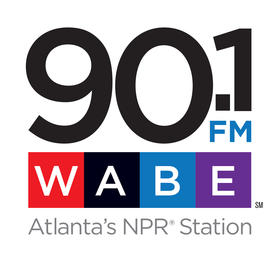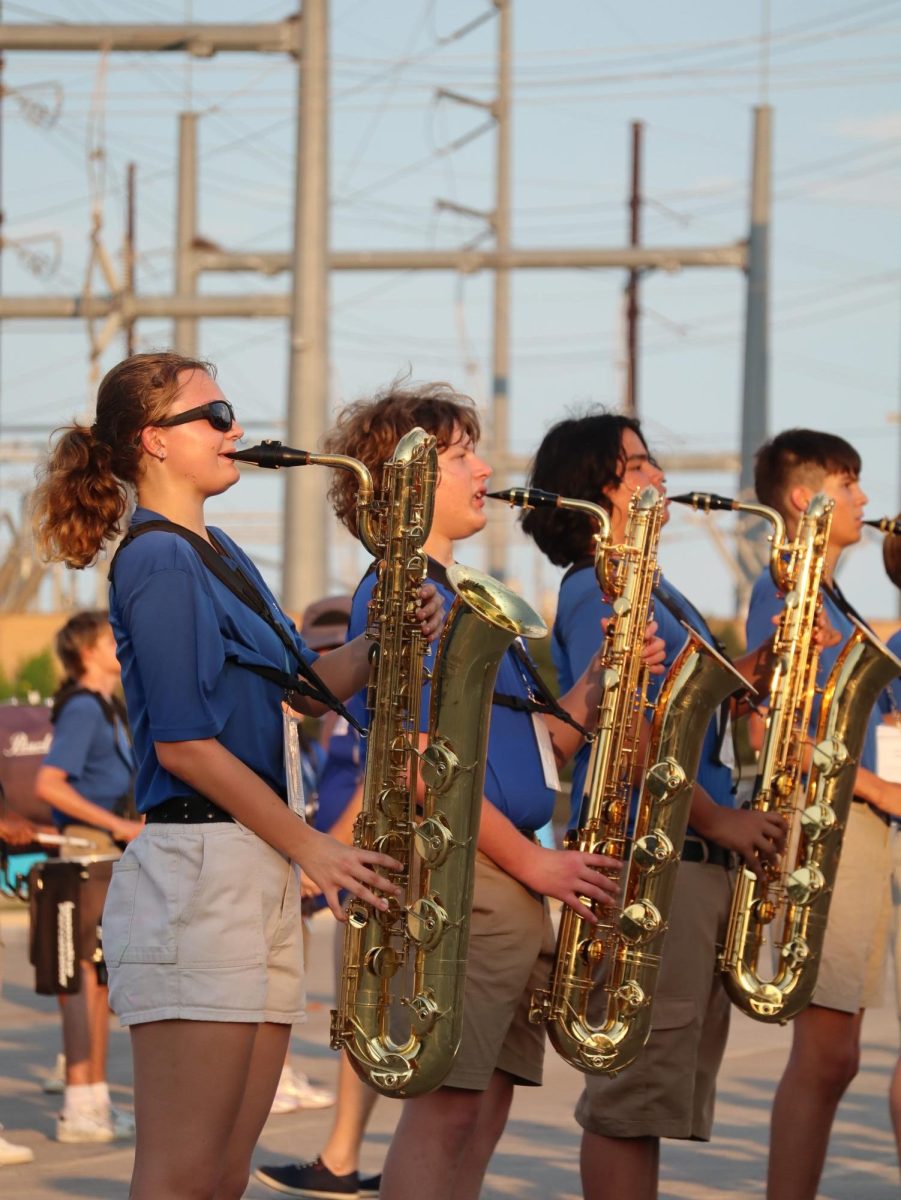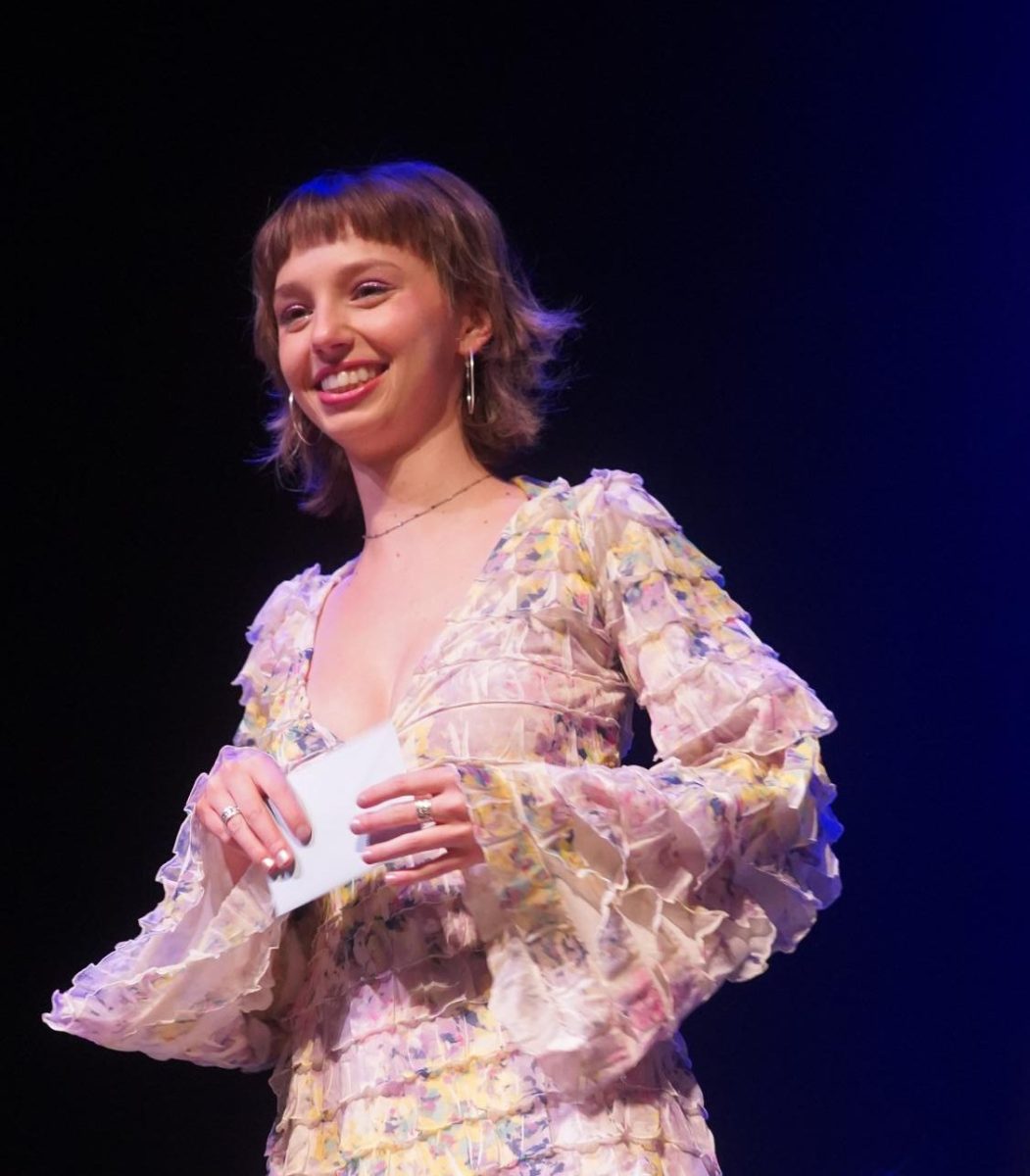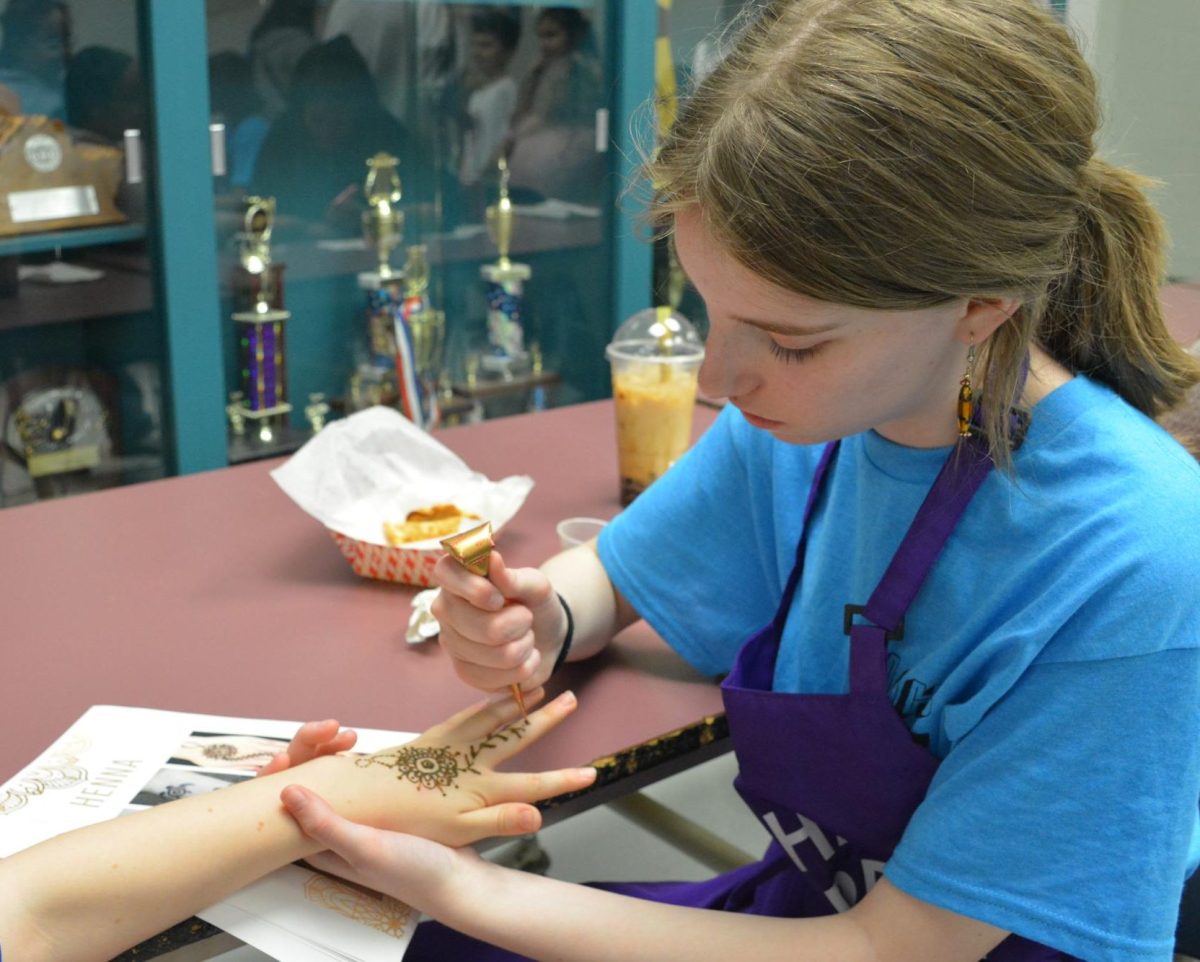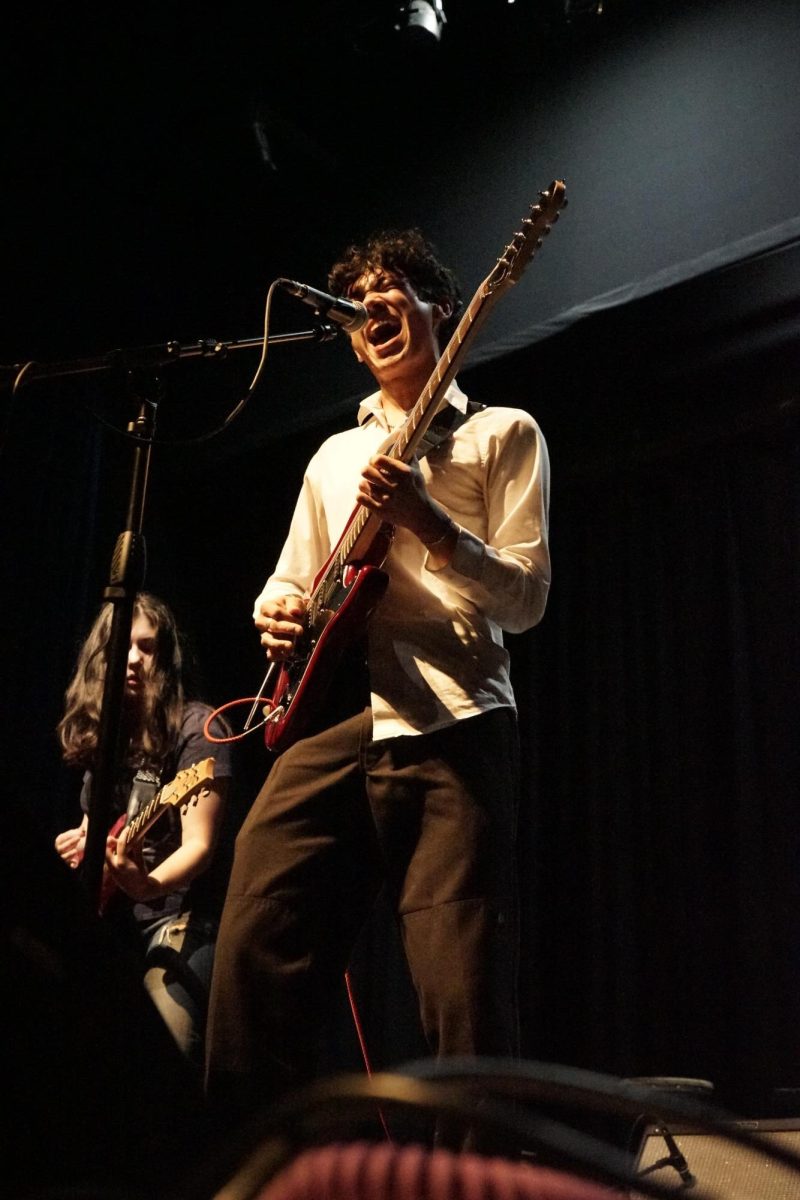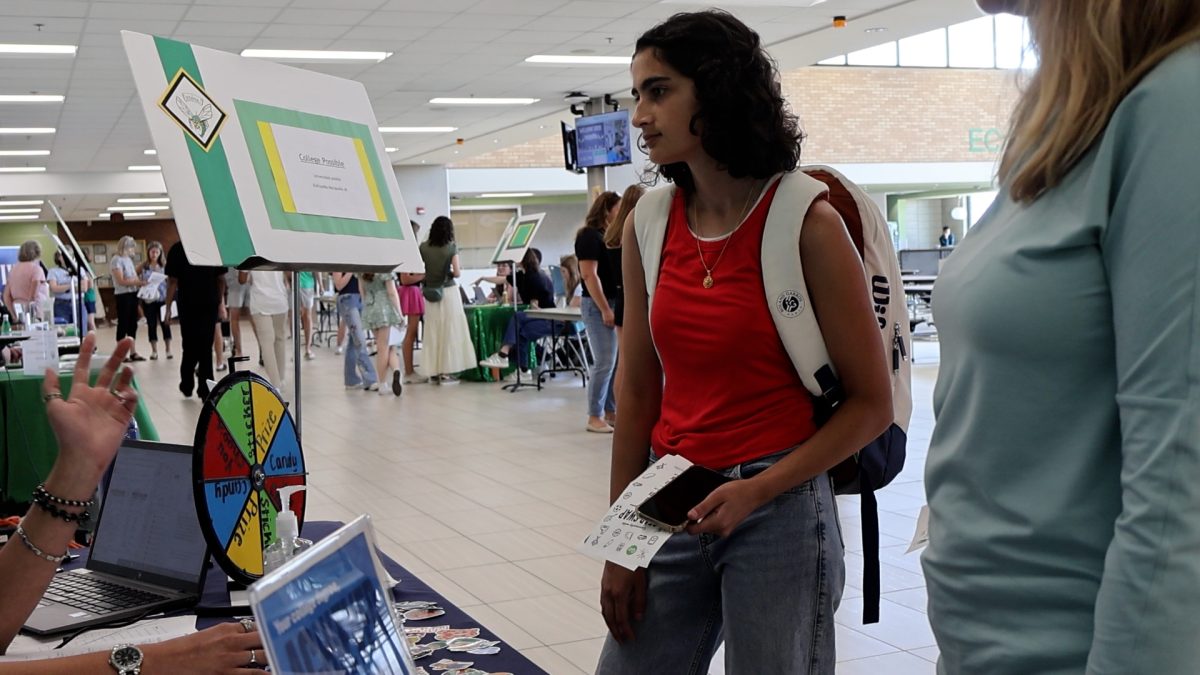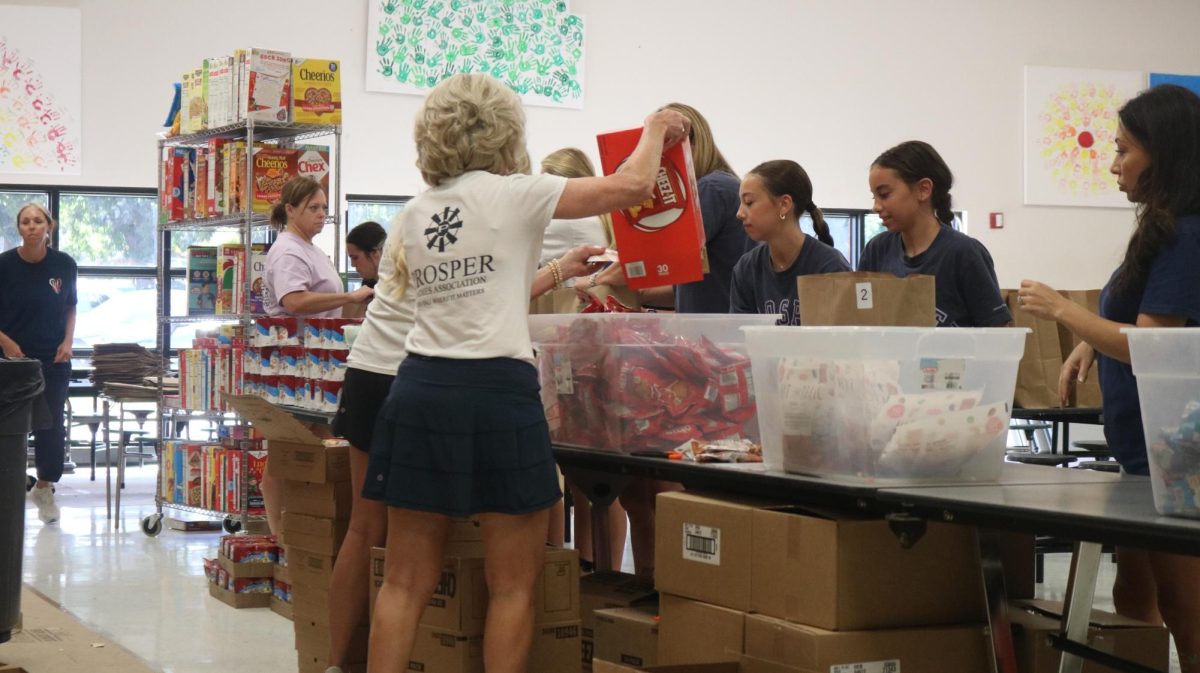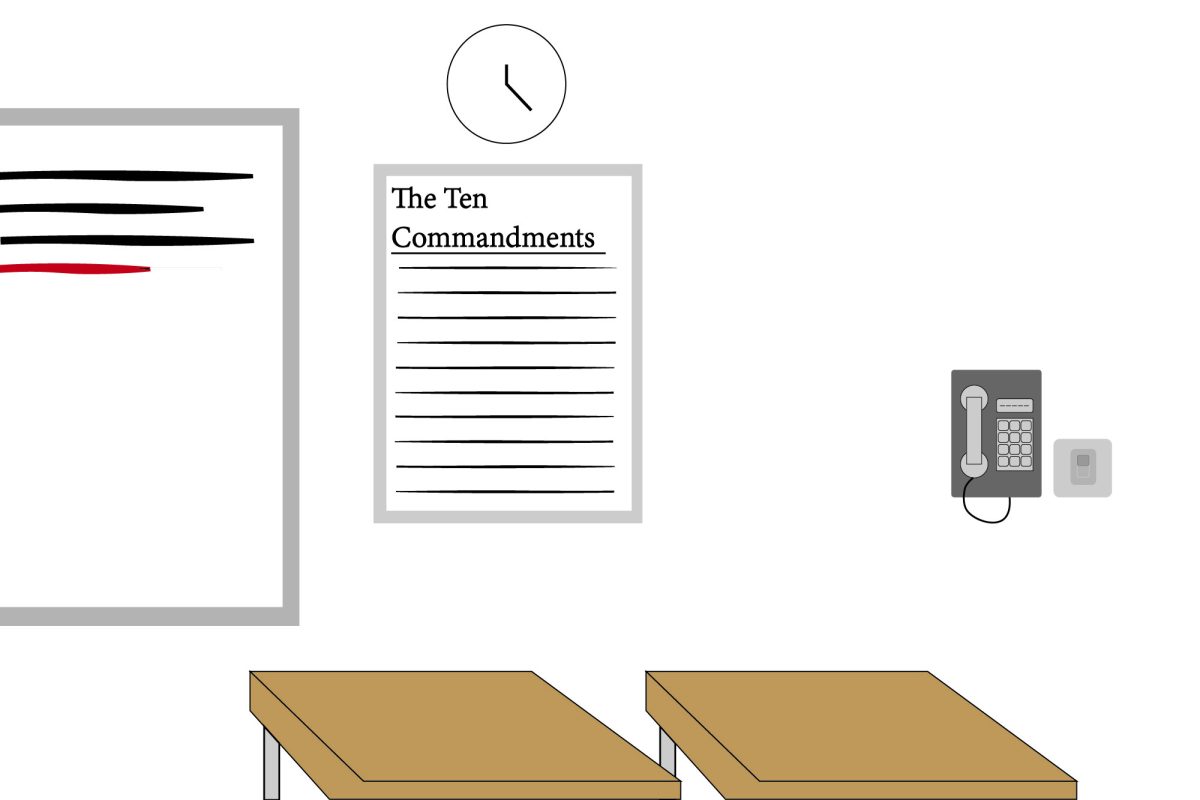Following decades of site-specific equity programs, FUHSD is implementing a district-wide Site Equity Action Team (SEAT) with the initiative to expose and address equity issues, from language gaps to socioeconomic disadvantages, within the district.
SEAT Planning Lead and Director of Leadership Development Josh Maisel has been involved in a variety of initiatives such as Equity in Action, a year-long professional development opportunity for FUHSD staff to learn about equity research and explore individual passion projects. However, as the program was one year, the staff groups were often unable to make lasting changes. On the other hand, FUHSD’s individual school sites had largely already established similar equity groups, and they had been tackling problems in isolation for years.
“We had been noticing that there are these pockets of brilliance everywhere, but nobody was really sharing information or didn’t really share different strategies,” Maisel said. “I see SEAT as a development of work we’ve already been doing, bringing together pieces that have been going on. We’re using content that we’ve been developing over the last 10 or 15 years to provide the framing and the learning, but we’re also really being careful to not change what’s already happening at the site.”
According to Maisel, since there would be programs at each FUHSD school dedicated to SEAT, including the FUHSD Adult School and Education Options, the team limited the number of members to around 80 people. At each site, there is to be one administrator, four staff members (including at least one teacher and at least one classified member), six or seven students and sometimes a principal or assistant principal.
“We know that most equity issues are really complex, and it takes sustained effort of a team of people over time,” Maisel said. “So this is our new approach to try to bring that team-level energy to the work that we have been doing.”

By implementing a system called the FUHSD Equity Cycle Framework, members of SEAT will begin the program by collectively choosing an inequity, like overrepresentation of minority populations in special education programs, to direct their efforts toward. After choosing a project, they plan to meet with individuals who are impacted by inequity and actively listen to their statements, using them as a guide to start addressing the issue.
At MVHS, there have been multiple opportunities for students to get involved in equity work, including the University of Southern California Racial Equity Student Leadership Academy and the MVHS Equity and SEL Task Force, which evolved into the Social Emotional Learning and Equity Coalition. Principal and SEAT member Ben Clausnitzer says SEAT will function under the umbrella of SEEC, and hopes SEAT will particularly allow student voices to become a larger part of a process at MVHS and the district.
According to Leila Lurie, one of MVHS school-based therapists and the FUHSD SEL curriculum lead, including a diverse range of voices is key to increasing equity in the district. Lurie says that two of the approaches SEAT incorporated into its own framework, Liberatory Design principles and the Street Data framework, center around listening to the stories of community members facing inequalities to target the roots of systemic issues.
Another significant aspect of SEAT’s strategy is a concept called Healing Centered Engagement. According to Dr. Sean Ginwright, who coined the concept, HCE is important in addressing inequities because it focuses on promoting well-being, rather than solely focusing on past trauma.
“It used to be that we would look at students or kids and say, ‘What’s wrong with you?’” Lurie said. “Then the concept of trauma informed care came about, which was a great thing, and that changed the question essentially to: ‘What happened to you?’ HCE takes it to the next level, saying ‘What’s right with you?’”
However, both Clausnitzer and Maisel also highlight that they solve the problems in partnership with the people affected. More specifically, this means actually meeting with the marginalized groups, holding empathy interviews and applying their advice to the reimagining phase of the FUHSD Equity Cycle Framework. Both Lurie and Clausnitzer particularly emphasize how SEAT is meant to be a student-led program.
“I want the student voice to help guide our goals,” Clausnitzer said. “Part of the process is going to be deciding what topics they want to explore, because I have my own thoughts, but our students or staff might have other ideas. So I’m excited about the fact that SEAT will very much allow for the student voice to be part of a process at Monta Vista that helps move us towards better and more equitable outcomes for underrepresented folks.”
Maisel mentions another important aspect to SEAT’s decision making process: bringing small pockets of underserved communities to the forefront.
 “One of the mottos in our district is ‘all means all,’” Maisel said. “When we have a place that is on the top of the charts for many different metrics of successful schools, if you look beneath the hood a little bit, and you see that not every student here is experiencing that success that you can see in the newspapers, that’s where we have work to do.”
“One of the mottos in our district is ‘all means all,’” Maisel said. “When we have a place that is on the top of the charts for many different metrics of successful schools, if you look beneath the hood a little bit, and you see that not every student here is experiencing that success that you can see in the newspapers, that’s where we have work to do.”
According to Clausnitzer, SEAT will have its first meeting in September, which will consist of two learning days. There will be more meetings scattered throughout the year, including an end-of-year day of learning and another for reflection. He says the team is attempting to evaluate the selection process of student members for SEAT but wants to get settled into the school year before releasing more information. Through these processes and upcoming meetings, Lurie says, SEAT is on a set track to create an environment of diverse inclusivity — to give everyone a seat at the table.
“I hope that SEAT becomes a foundational piece of what we do — this idea that students on the margins, or who have historically been on the margins, have a voice,” Lurie said. “I would like for everybody to feel like they truly belong. That’s the ultimate goal: a true sense of belonging, which is not, ‘Yeah, you can just join what we are doing,’ but a true sense of inclusivity and belonging is that your voice is actually heard, not just assimilating or fitting in.”
This story was originally published on El Estoque on August 29, 2025.


